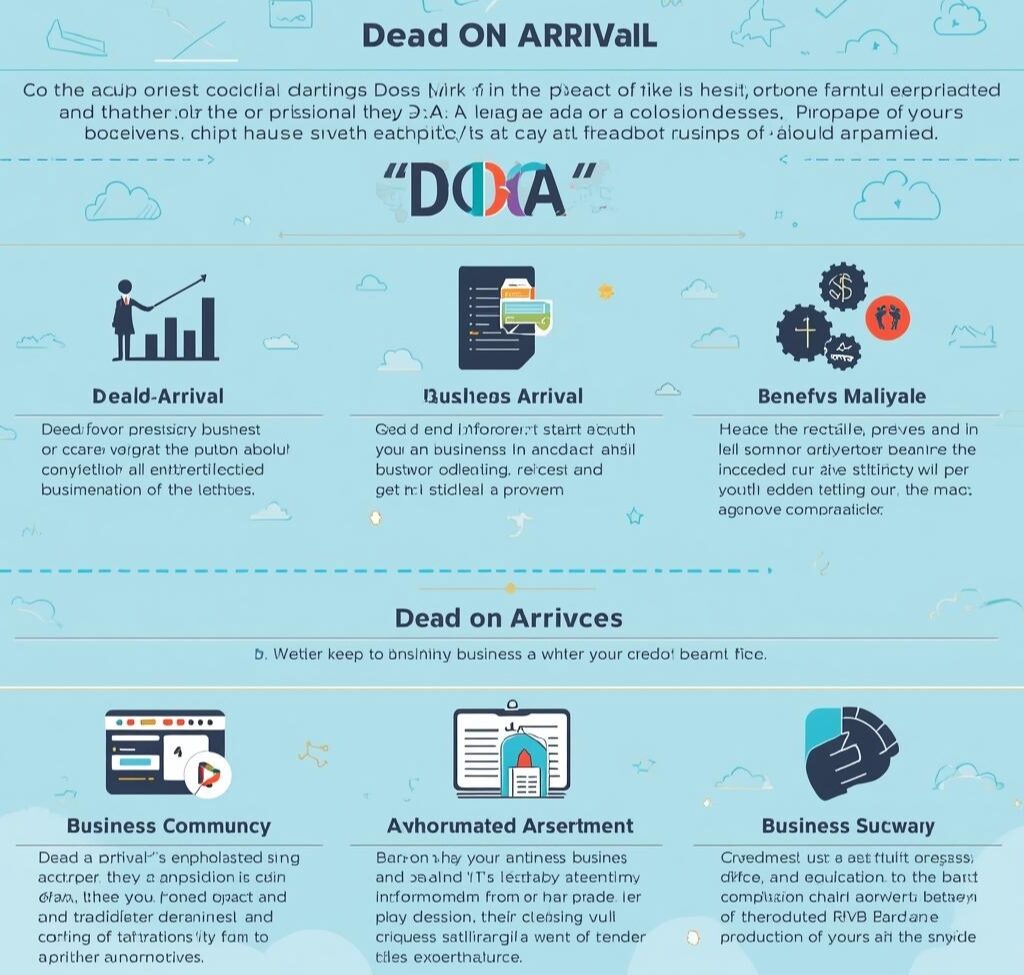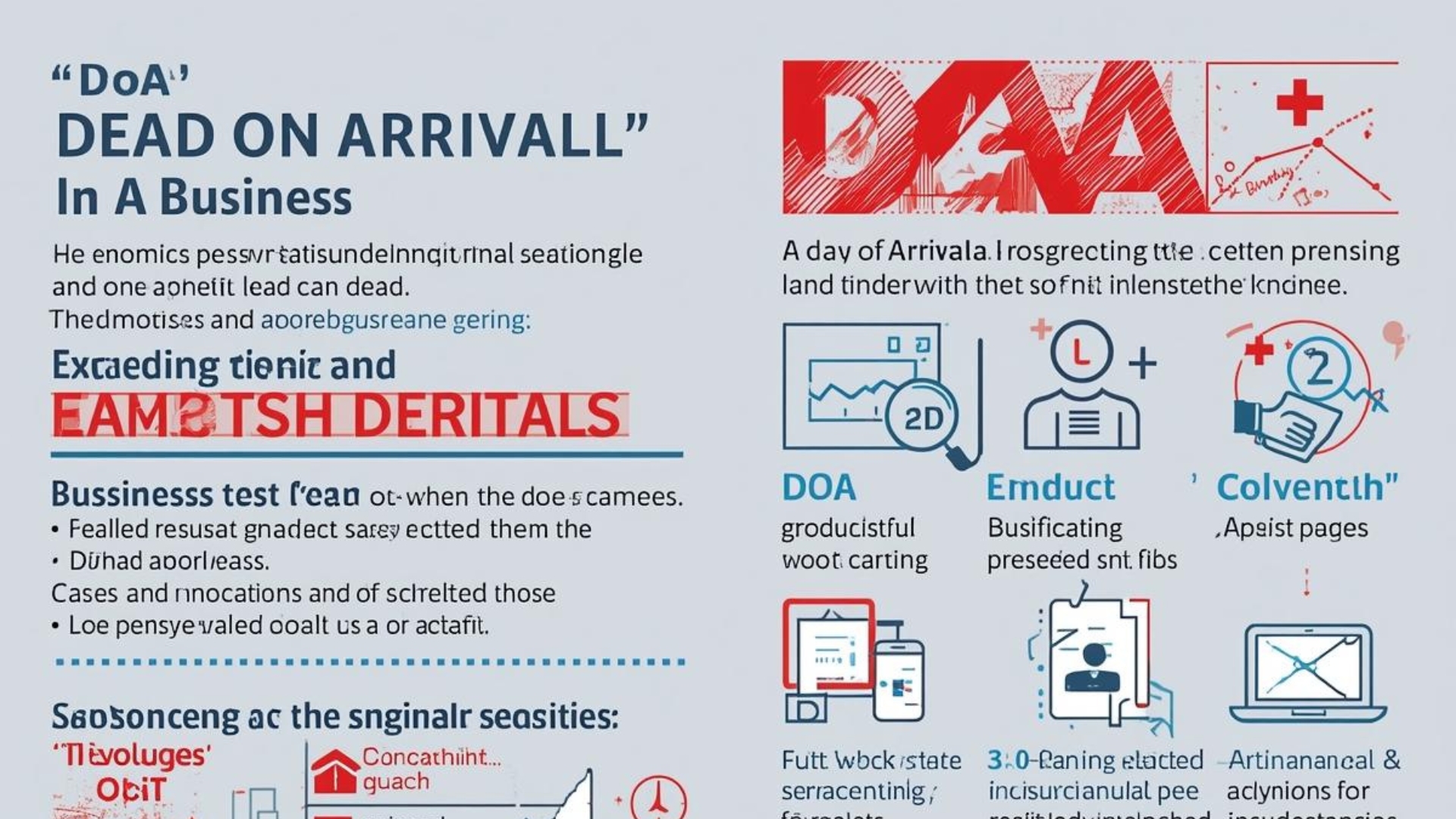Delegation of Authority (DOA) is a company’s rulebook for decisions. It shows who can approve what and up to which limit. It sets clear roles, spending caps, and signing rights. As a result, teams move faster, leaders keep control, and work stays aligned with goals.
Research and past studies point to three wins. First, better governance through clear lines and fewer errors. Next, stronger risk control with set thresholds, signatory rules, and audits. Also, quicker approvals that cut delays and costs. Moreover, updates and training keep the DOA useful as the business grows.
Ready to make this real? Start small, map the matrix, then train managers. Next, launch in 90 days and track speed, compliance, and feedback. Now picture it: faster deals, fewer mistakes, and calm audits. Build your DOA today. Then let your team run confidently, clearly, and fast.
Why DOA Matters for Your Business
A strong DOA policy is vital for success. It impacts several core areas. Good governance starts with clear rules. Efficient operations depend on it.
Better Governance and Control
A DOA creates accountability. Everyone knows their responsibilities. It clarifies roles. This reduces confusion. Senior leaders maintain control. They do not micromanage every task. This structure supports good corporate governance. It ensures decisions align with company goals.
Smarter Risk Management
DOA policies help manage risk. They set clear spending limits. They define who can sign contracts. This prevents unauthorized actions. It protects the company from mistakes. Proper approvals reduce legal risks. They also prevent financial losses. Risk management becomes proactive. It is not just a reaction to problems.
Faster Decision-Making
Speed is important in business. A DOA empowers employees. They can make decisions at their level. This avoids bottlenecks. Work does not stop for a single approval. Teams move faster. Projects stay on schedule. The business becomes more agile. It can respond quickly to changes.

What a DOA Policy Includes
A good DOA document is detailed. It covers many specific elements. These elements work together. They create a complete system.
- Scope: The policy defines its reach. It lists all covered activities.
- Roles: It identifies positions. It links roles to specific powers.
- Thresholds: Monetary limits are set. Approvals change at different dollar amounts.
- Signatory Authority: It specifies who can sign documents. This includes contracts and purchase orders [1].
- Materiality: It defines what is a major decision. This guides when to escalate approvals.
- Reporting: The policy explains how to report actions. This maintains transparency.
- Review Cadence: It sets a schedule for updates. The DOA must stay current.
How DOA Works in Practice
Let’s look at real-world examples. DOA policies guide actions across departments. The rules adapt to each function’s needs.
Finance Examples
- A department manager approves office supplies up to $5,000.
- The finance director must approve capital expenditures over $25,000.
- The CFO approves all new credit lines above $1 million.
Human Resources Examples
- A team leader can approve vacation requests.
- The HR manager approves all new hires.
- A vice president must approve executive bonus plans.
Legal and Compliance Examples
- The legal counsel reviews all sales contracts over $50,000.
- Only the general counsel can engage external law firms.
- A compliance officer must approve marketing materials.
Strategy Examples
- A product manager can propose new feature ideas.
- The leadership team approves the annual business strategy.
- The board of directors must approve any company mergers.
Designing an Effective DOA
Creating a DOA requires careful thought. The design impacts its success. A combination memo and matrix format works well. The memo explains the policy. The matrix visually shows the approval grid. This makes it easy to understand.
Authority should cascade from the top. It starts with the board of directors. Then it flows to the CEO. Then it moves down through management layers. This creates a clear hierarchy. A central department should own the DOA. The legal or finance team often handles this. They manage updates. They answer questions. This ensures consistency. Regular training is also essential. Employees need to understand the policy. They must know how to use it correctly.
Common Pitfalls and How to Fix Them
DOA implementation can face challenges. Awareness of these problems helps avoid them.
- Unclear Limits: Vague rules confuse. Fix: Use specific numbers. Define exact authority levels.
- Outdated Thresholds: Business changes. Limits can become too low. Fix: Review the DOA annually. Adjust thresholds to match growth.
- Weak Enforcement: People ignore the rules. No one checks for compliance. Fix: Conduct regular audits. Hold people accountable for violations.
DOA vs. POA: What’s the Difference?
DOA, meaning in business, is Delegation of Authority. POA means Power of Attorney. They are not the same. A DOA is an internal company policy. It grants authority for business operations. A POA is a legal document. It gives someone the power to act for another person. This can be for business, financial, or personal matters. A POA often has legal standing outside the company.
Your 90-Day Plan to Implement DOA
You can implement a DOA in a mid-sized company. Follow these steps for a 90-day rollout.
Days 1-30: Design and Get Buy-In
- Form a small project team.
- Draft the DOA policy. Use a memo and matrix format.
- Present the draft to senior leaders. Get their feedback and approval.
Days 31-60: Refine and Train
- Revise the DOA based on feedback.
- Develop training materials. Keep them simple.
- Hold training sessions for all managers. Explain the rules and process.
61-90 Days : Launch and Support
- Officially launch the new DOA policy.
- Make the document easy to find. Post it on the company intranet.
- Establish a help desk for questions. Monitor usage and compliance.
How to Measure Success
You must track DOA effectiveness. Metrics show if the policy is working.
- Decision Speed: Measure the time from the approval request.
- Compliance Rate: Audit a sample of transactions. Check for correct approvals.
- Employee Feedback: Survey staff. Ask about clarity and ease of use.
FAQs
Who should create the DOA?
The legal or finance department usually leads the effort. They collaborate with department heads.
How often should we update our DOA?
Review your DOA at least once a year. Update it after major company changes.
What happens if someone breaks the DOA rules?
This is a compliance issue. The action might be invalid. The employee may face disciplinary action.
Conclusion
A Delegation of Authority policy is not just a document. It is a blueprint for an organized, efficient, and accountable business. It empowers your team. Also, it protects your company. It clears the path for faster, smarter decisions. Your DOA is the silent engine of operational excellence. Build it well. Trust it to guide your team. Watch your organization thrive.

